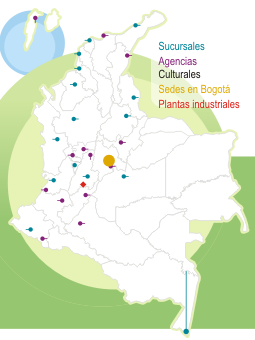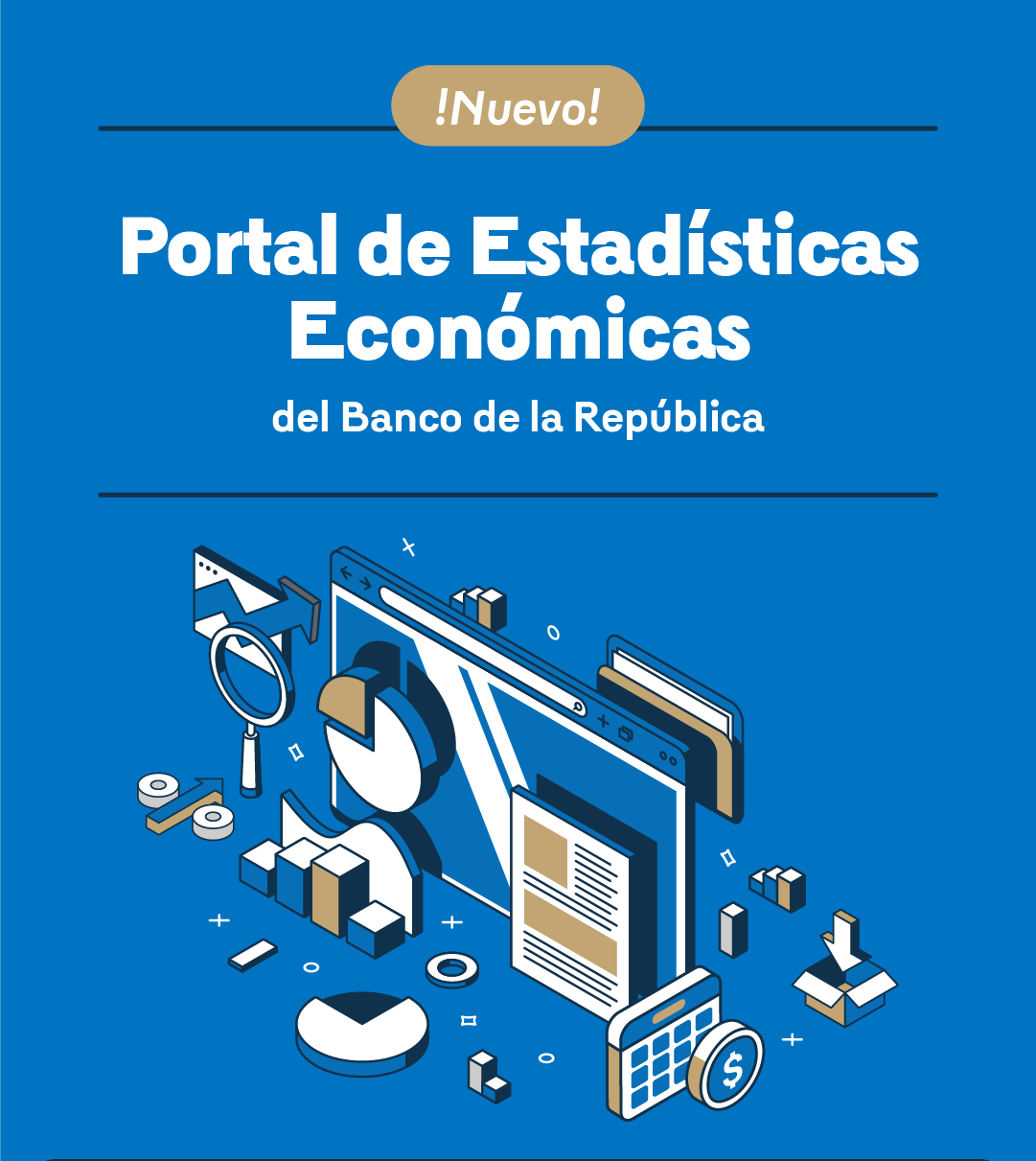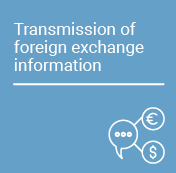Financial Markets Report - Fourth Quarter of 2023
The main purpose of these documents is to provide quarterly information on financial markets. Opinions and possible errors are the sole responsibility of the author and their contents do not compromise the Board of Directors of Banco de la República (the Central Bank of Colombia, Banrep).
In 2023, inflation indicators declined amidst higher monetary policy rate increases in advanced economies, as inflation remained above the central banks' targets. In the last quarter, these banks suggested the possibility of adopting a less contractionary stance in 2024. During 2023, global economic growth exceeded expectations set at the beginning of the year, and a decrease in global risk perception led to positive performance of risk assets, including stocks.
Despite significant declines in 2023, inflation indicators remain above the target of most central banks.
- Major central banks in developed economies continued with a cycle of interest rate increases during the year and, in the last quarter, suggested the possibility of adopting a less contractionary monetary policy in 2024.
- Fixed-income assets of developed countries depreciated for most of the year, but experienced a significant correction in the last quarter of the year.
- Central banks in some countries in the region (Colombia, Brazil, Chile, and Perú) cut their monetary policy rates (MPR), aligning with the correction of inflation and its expectations in these countries.
- Fixed-income assets of the region had important valuations in line with reduced inflation, lower risk perception, and market corrections compared to end-2022 levels.
Notwithstanding the higher recession probabilities assigned by the market at the beginning of 2023, global economic activity proved more resilient. Consequently, risk perception fell globally, although some risk events throughout the year caused volatility in these indicators.
- Economic activity surpassed market expectations in most countries, especially those with a strong focus on the services sector (e.g., the United States and Mexico), while in those with a manufacturing-intensive focus (e.g., Germany and China), the trend has been the opposite.
- Most high-risk assets, including stocks, performed positively due to increased risk appetite.
- At the beginning of the year, the failure of some regional banks in the United States and Credit Suisse in Europe raised fears of an international financial crisis. Subsequently, there was a significant increase in the term premium in several economies, mainly due to uncertainty regarding the fiscal future in the United States. However, this trend was fully reversed throughout the fourth quarter.
Domestically, the Board of Directors of Banco de la República (the Central Bank of Colombia) increased the MPR in the first half of the year and cut it the last quarter, setting the benchmark rate at 13%. Public debt instruments appreciated more than those of regional peers.
- In the first half of the year, the Board of Directors of Banco de la República (BDBR) raised the MPR by 125 bps to 13.25% to control high inflationary pressures.
- In the second half of the year, the trend of inflation reductions and lower inflation expectations was consolidated. These factors, alongside the economic slowdown, contributed the BDBR’s decision to cut the MPR by 25 bps at the December 2023 meeting, closing at 13%.
- Colombian government bonds (TES in Spanish) appreciated more than those in other countries in the region, supported by a greater correction in sovereign risk perception (credit default swaps: CDS and emerging markets bonds index: EMBI+).
- The yield curve in Colombian pesos flattened due to better performance of the long end of the curve, driven by higher demand from most agents (local and foreign).
- Foreign investors sold public debt instruments throughout the year, which could be associated with profit taking, given the accumulated valuations of Colombian assets.
- Foreign investors’ outflows were offset by inflows from local pension funds, which accumulated record purchases during the year.
Regarding the foreign exchange market, the performance of the US dollar (DXY) and the currencies of developed countries during the year was mainly explained by changes in Federal Reserve's (Fed) MPR expectations. The Colombian peso was the currency that appreciated the most globally in 2023.
- At the end of the year, the US dollar devalued after the Fed suggested the possibility of further rate cuts in 2024 compared to what was projected in previous periods. Consequently, the euro and pound sterling appreciated in 2023.
- Most emerging market currencies appreciated as the dollar weakened and global risk appetite increased.
- The Colombian peso-dollar exchange rate reached levels unseen since early 2022.
- The Colombian peso benefited from a significant correction against high exchange rate levels, supported by reduced local risk perception (CDS), a higher rate differential against the region, and dollar sales in the spot market by foreign investors associated with foreign direct investment.
- In the second and third quarters of the year, the spread between the implied and theoretical devaluation of dollar-peso forward contracts increased, correcting in the fourth quarter. The increase in this spread was accompanied by greater demand from both foreign and local agents for forex hedging and a reduction in the financial system’s term liquidity.
In compliance with the operational objective of the monetary policy, Banco de la República implemented actions throughout 2023 to maintain adequate liquidity flows in the system, thus preventing the overnight Benchmark Interbank Rate (IBR) from deviating from the MPR.
- At the end of the second quarter and during the third quarter, some factors contributed to a perception of illiquidity in the financial system’s term funding. In response, Banco de la República increased the limit and term offered in its repo transactions and made TES purchases during certain months.
- During the last quarter of the year, Banco de la República sold TES and offered contraction deposits to counteract excess liquidity in the system.
Index of boxes in the report
Box 1: The Potential Impact of Foreign Investors' Portfolio Flows on the Exchange Rate in Colombia. (Only in Spanish)
Box 2: Methodology Review for Calculating the Representative Market Exchange Rate (TRM in Spanish). (Only in Spanish)

































































